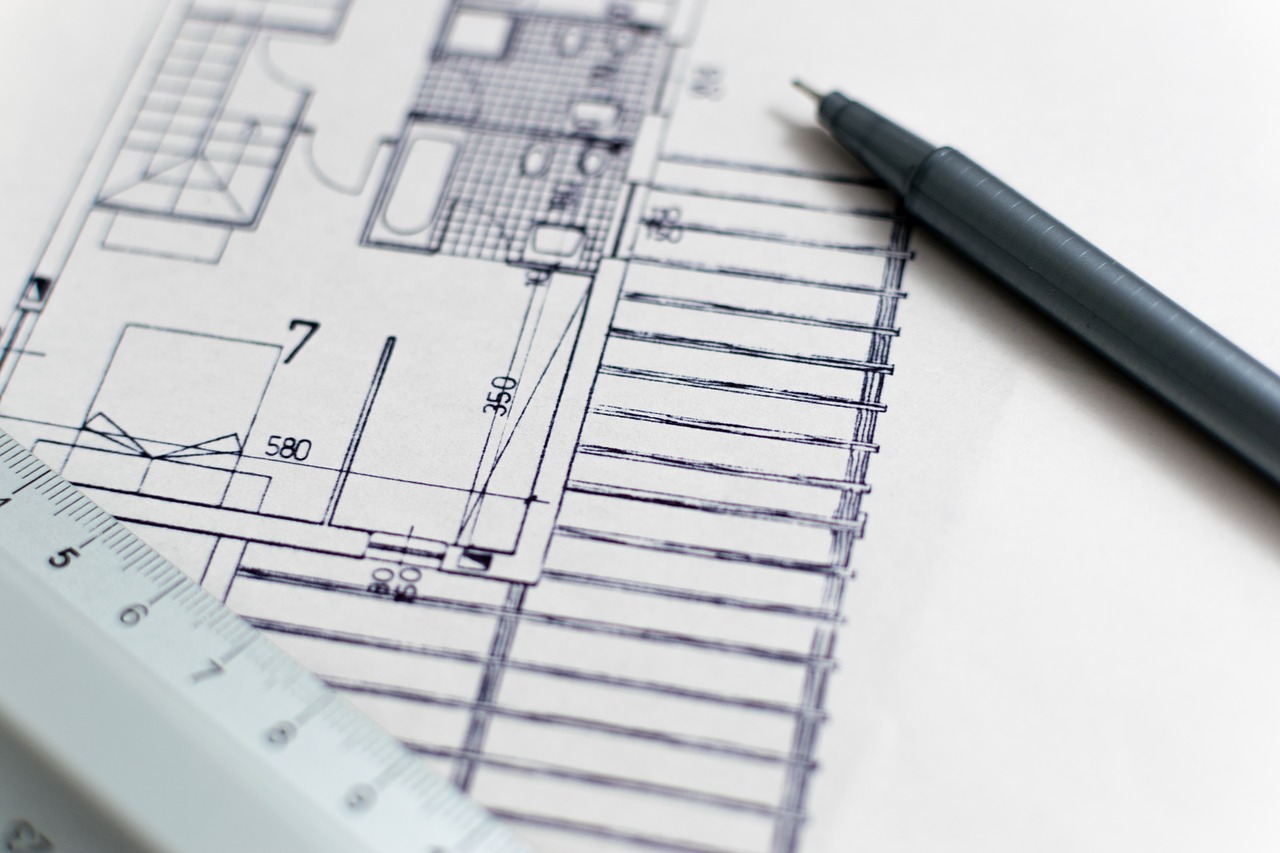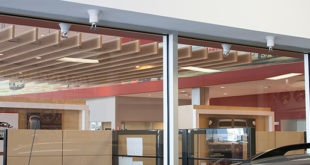Responsibility Does Not Lay With Sprinkler Contractors
The fire sprinkler contractor demonstrates their professionalism by reputation, experience, and license. Such a license strictly limits their scope of contract to the design and installation of NFPA 13, Standard for the Installation of Sprinkler Systems, systems conforming to the local building code.
The Engineer of Record (EOR) is responsible for the design of the building structure. This design shall include the ability of said structure to support the fire sprinkler system and its points of attachment. Since the EOR does not design the fire sprinkler system, it is incumbent on them to allow latitude in the design of the building structure to accommodate the added load required to support and seismically brace the fire sprinkler system.
The fire sprinkler contractor’s job is to design the most cost-effective NFPA 13 sprinkler system for the buildings stated occupancy per building plans furnished by the owners’ representative. The local building codes require the design and installation of the sprinkler system to conform to NFPA 13, and to the applicable sections of ASCE 7, Minimum Design Loads for Buildings and Other Structures. The fire sprinkler contractor must regard the building structure as capable of supporting this system design at its required points of attachment.
It is the professional domain of the EOR to confirm the ability of the structure to support the fire sprinkler system in conformance with NFPA 13. The EOR contracts with the building owner to represent his or her best interest and ensure adequacy of the building design for its intended purpose. The EOR is contractually bound to review the fire sprinkler drawings to limit liability to the owner, the owners’ representatives, and the fire sprinkler contractor. The EOR is legally responsible for this decision. Again, no fire sprinkler contractor should ever assume responsibility for the adequacy of the building structure. It should be resisted vigorously because it is beyond the scope of their license and expertise.
When the existing building structure does not provide adequate NFPA 13 support; any alteration of said structure, reinforcement of sprinkler system points of attachment or possible rerouting of fire sprinkler piping should be a contract extra. In conclusion, if contractors were required to submit their drawings for the EOR’s approval, prior to system fabrication and installation, all parties would be better served.
 ABOUT THE AUTHOR: Kraig Kirschner is a third-generation fire sprinkler contractor and a journeyman fitter. He is a principal member of NFPA 13 Hanging and Bracing Technical Committee and serves on Standard Technical Panels of UL 203, UL 203A and FM 1950. Kirschner is a Life Member of NFPA and was named Person of the Year in 2009 Fire Protection Contractor magazine. He holds dozens of patents that enhance the installation and application of hangers and sway braces.
ABOUT THE AUTHOR: Kraig Kirschner is a third-generation fire sprinkler contractor and a journeyman fitter. He is a principal member of NFPA 13 Hanging and Bracing Technical Committee and serves on Standard Technical Panels of UL 203, UL 203A and FM 1950. Kirschner is a Life Member of NFPA and was named Person of the Year in 2009 Fire Protection Contractor magazine. He holds dozens of patents that enhance the installation and application of hangers and sway braces.
EDITOR’S NOTE: It should be noted that the above is the author’s opinion as a member of the NFPA 13 Technical Committee on Hanging and Bracing. It has not been processed as a formal interpretation in accordance with the NFPA Regulations Governing Committee Projects and should therefore not be considered, nor relied upon, as the official position of the NFPA or its committees.
 Sprinkler Age A Publication of the American Fire Sprinkler Association
Sprinkler Age A Publication of the American Fire Sprinkler Association

